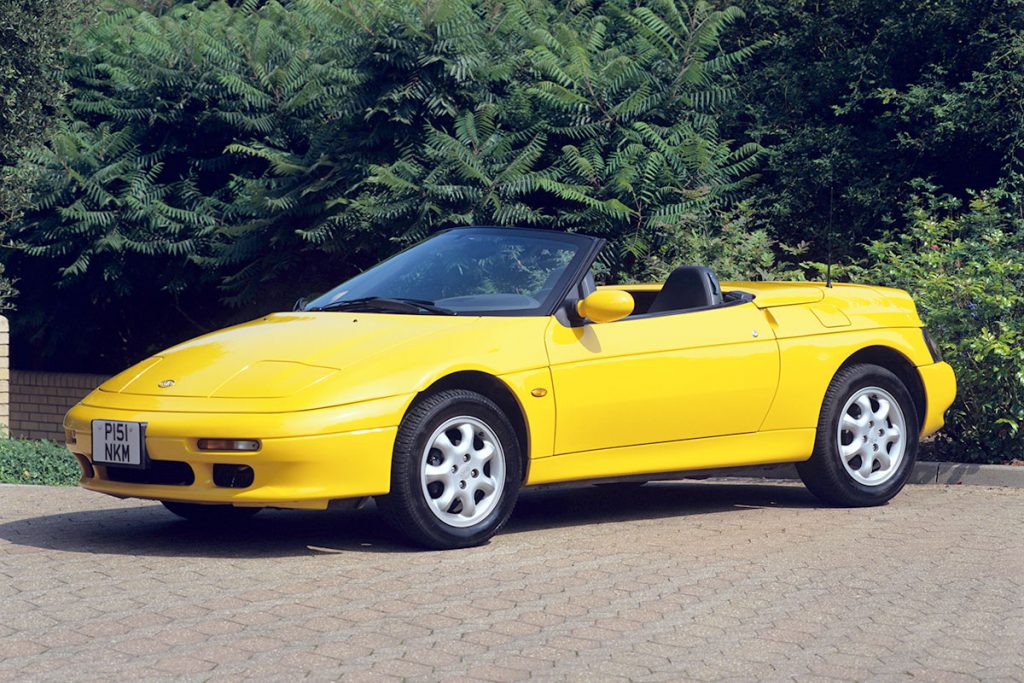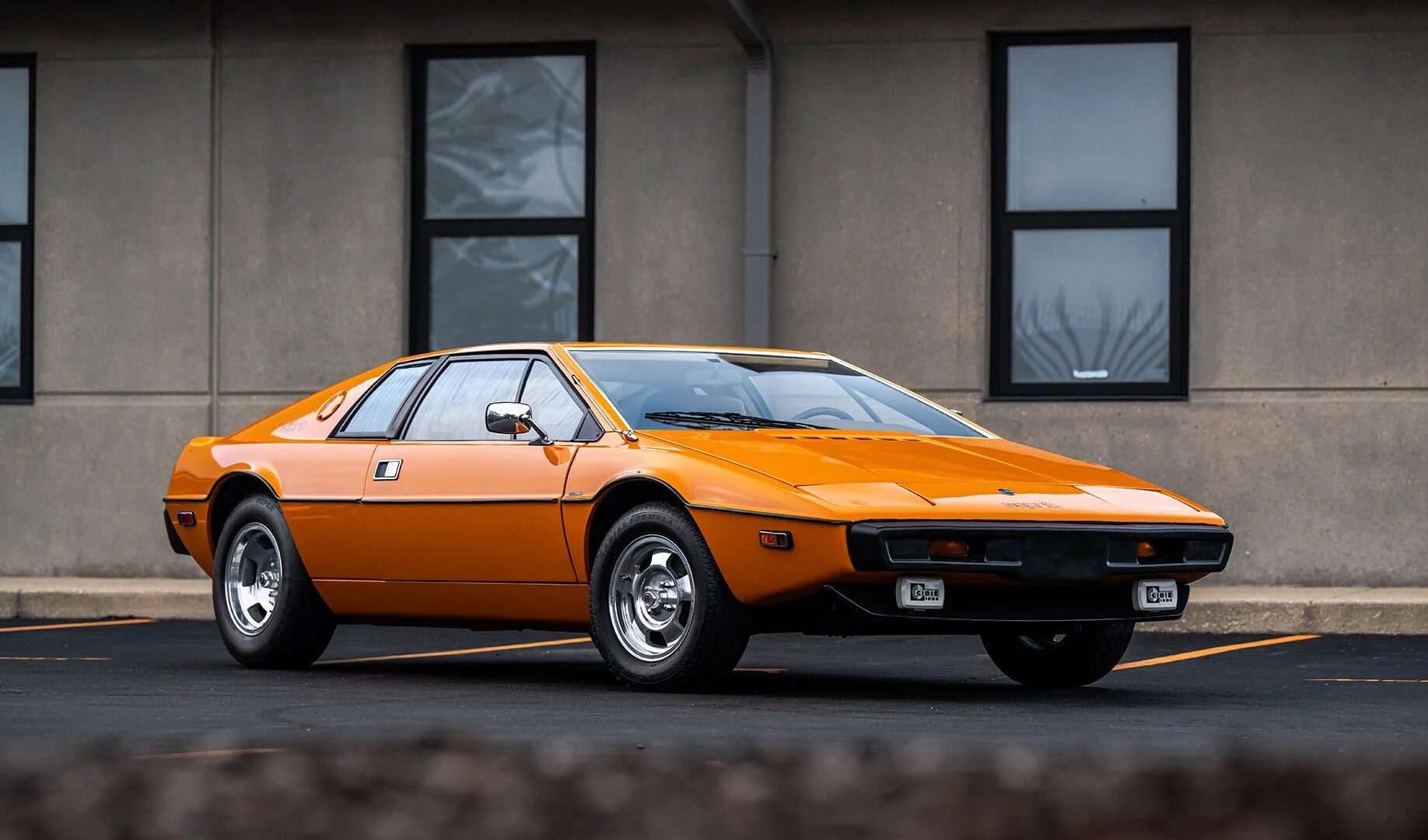This year marks 30 years since Kia arrived in the UK. The Korean company’s first product was the Pride, a supermini-sized hatch that had cheap if not a great deal of cheer on its side. Then, the very idea of Kia producing a sports car was nothing short of ridiculous, and yet by 1998 the company had put a thrilling two-seater roadster into production.
However, despite its sportster carrying Kia badges, the Elan was not developed in-house at all. Instead it was bought in from Lotus, which had finished production of its own version of the Elan M100 in 1995.

In the late 1970s, Lotus designer Oliver Winterbottom was given the task of coming up with a small sports car that would slot into the range below the Elite and Eclat; it was given the development name M90. After going through various redesigns the new car emerged in 1989 as the Elan M100, which led to more than a few raised eyebrows as the power was sent to the front wheels rather than the rear. The horror!
But Lotus knows a thing or two about setting up a decent chassis, and the Elan M100 would go down in history as one of the best-handling front-wheel drive cars ever devised. Not that it did Lotus much good, because once production of the new roadster began in November 1989, sales were hard to come by.

General Motors had bought Lotus in 1986 and in July 1992 the plug was pulled on the Elan after 3855 examples had been sold. The car wasn’t performing well enough for GM, which in 1993 sold Lotus to Bugatti. This would lead to another 800 Elans being built (and marketed as the Elan S2) before the plug was pulled once again.
By September 1995 it looked as though it was the end of the road for the Elan – but then Kia swooped in and bought the rights and the tooling to produce the car. The Korean company wanted the Elan as a halo model to funk up its range, but only in its home market, although a few cars would be sold overseas.
Unveiled as the L96 prototype at the 1995 Seoul motor show, the revised Elan featured different wheels and Kia badges on the nose as well as the steering wheel, but the biggest change was under the bonnet. Korean law prohibited Kia from simply rebadging somebody else’s car; the changes had to be more significant than that, to protect Korean jobs.
Gone was the Isuzu engine and in came a naturally aspirated 1796cc twin-cam unit rated at 135bhp at 6250rpm, taken wholesale from the Sephia saloon, along with the five-speed manual transmission. The result was a car that Kia claimed was capable of 128mph along with 0-62mph in 8.8 seconds. There was talk of 2000-6000 cars being built each year, along with a 160bhp turbocharged version being added to the range.
When it went on sale in 1996 the Kia Elan was priced at 27,500,000 Korean Won (about £23,000). Autocar put one of these early cars through its paces (a left-hand drive car on UK plates), noting that the steering wheel was far too large, the instrumentation was horrifically muddled, the interior quality was suspect and the raised ride height (by 40mm) gave the Elan an awkward stance. But the revised suspension meant the ride quality was superb although grip levels were terrible, thanks to low-quality tyres being fitted.
Autocar reckoned that Kia’s new sports car had potential, but just 100 units were sold globally in 1996. Things picked up in 1997 with 461 finding buyers, but the following year that dropped to 154 drivers. With 75 sold in 1999 and a mere two the following year, by the time production was wound up just 792 Kia Elans had been built (some sources claim as many as 1056 were sold), making the Elan even more of a tough sell for Kia than it had been for Lotus.
Read more
Cars That Time Forgot: Caterham 21
Cars That Time Forgot: Argyll GT
The dazzling Lotus Elise is 25 – do you know these 25 facts about Britain’s game-changer?










If memory serves, an example is in a Kia showroom near Pride Park, Derby (no Kia pun intended)